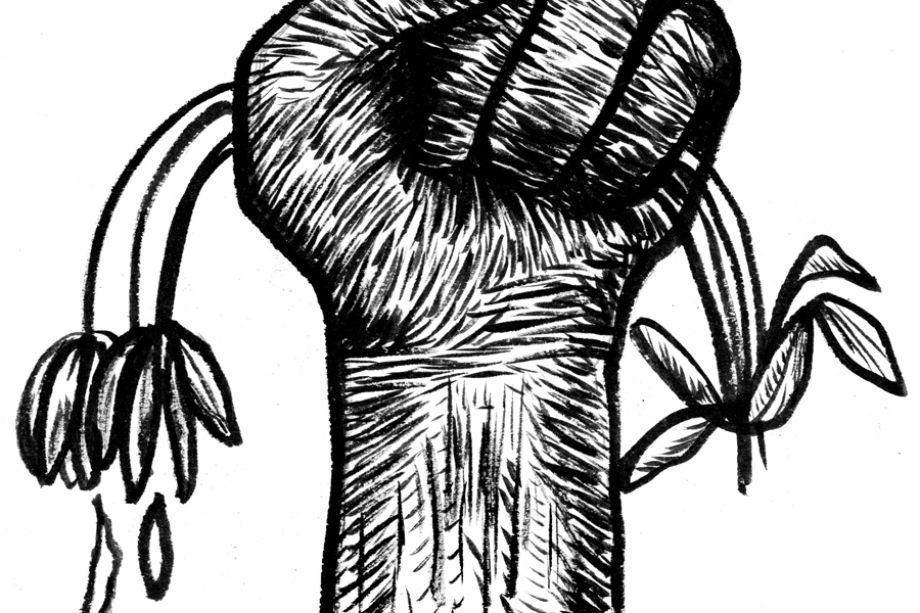
What happened to “the Arab Spring”?
These days, “the Arab Spring” is an expression that has almost an emetic effect on many of those who were most heavily involved in the democracy movement that suddenly and, for many, unexpectedly swept through north Africa, into the Middle East and down towards the Arabian Peninsular. Their exasperation comes from the way it became such a media cliché and the way change in many societies either was thwarted or simply stopped. The situation in Syria and central Iraq has become a war of terror. But as many of the contributors to this issue point out, a “spring” is something that comes and goes—but none of what we witnessed would have happened in the first place without the years of hard, courageous and dangerous work that different groups of activists put into societal change. We’re talking more than just popular Facebook or Twitter campaigns, which Evronia Azer from Egypt discusses in her article; it’s about a slow, painstakingly constructed democracy movement, which, for sure, can use social media to enhance its message; but to believe that democracy is born of modern technology is to underestimate the necessity of commitment, work—and ideas.
In this issue, we’ve tried to bring together voices from as many of the nations affected by the democratic uprisings as we can. Beginning with Tunisia, which has been held up as the great success story—but where a new constitution and a new rhetorical recklessness might still only by the start of the dismantling of patriarchal and other stringent structures, as an anonymous Tunisian writer argues. From war-torn Syria, we publish three new poems and a lengthy analysis by one of today’s most important Arabic-speaking poets, Faraj Bayrakdar. Blogger Afrah Nasser from Yemen exchanges correspondence with Tunisian Lina Ben Mhenni on developments in their respective countries. And from Saudi Arabia, perhaps the most closed of all countries in the region, comes another anonymous yet cautiously optimistic report. All this is just a little of what can be found in this issue, had it been printed on paper it would probably have been unusually thick.
Much has been theorised about how the events are to be understood, and many comparisons have been drawn with other epochs and nations—one such commonly encountered is with the revolutionary movements of 1848 in Europe, which despite subsequent setbacks is today considered an important step in the democratisation process. Or with the uprisings of 1989-90 behind the Iron Curtain. The image of some kind of historical mechanism leading ultimately to ubiquitous democracy might be tempting, but it can also be misleading—history obeys no Hegelian law of freedom unless enough people show sufficient commitment and courage. The final outcome of such a broad, international thirst for liberty we don’t yet know; however, one thing we might venture to state is that people everywhere want to live under the same principles of freedom of expression, co-determination and citizenship. Of this we have been so tangibly reminded—and a trace of freedom’s powerful scent hangs in the air, refusing to be smothered by the stench of gunpowder. That is how I interpret the texts in this issue.

